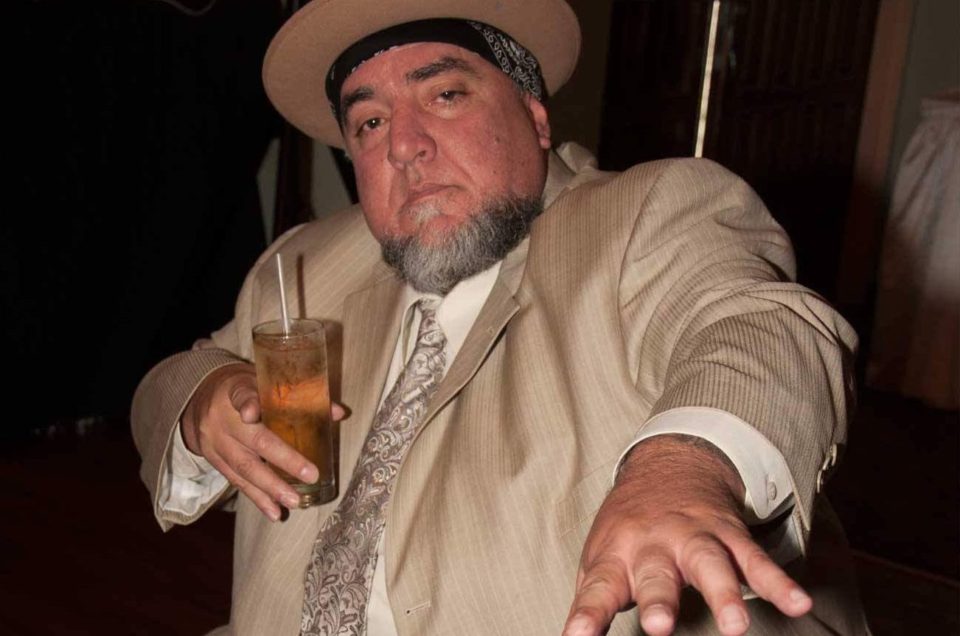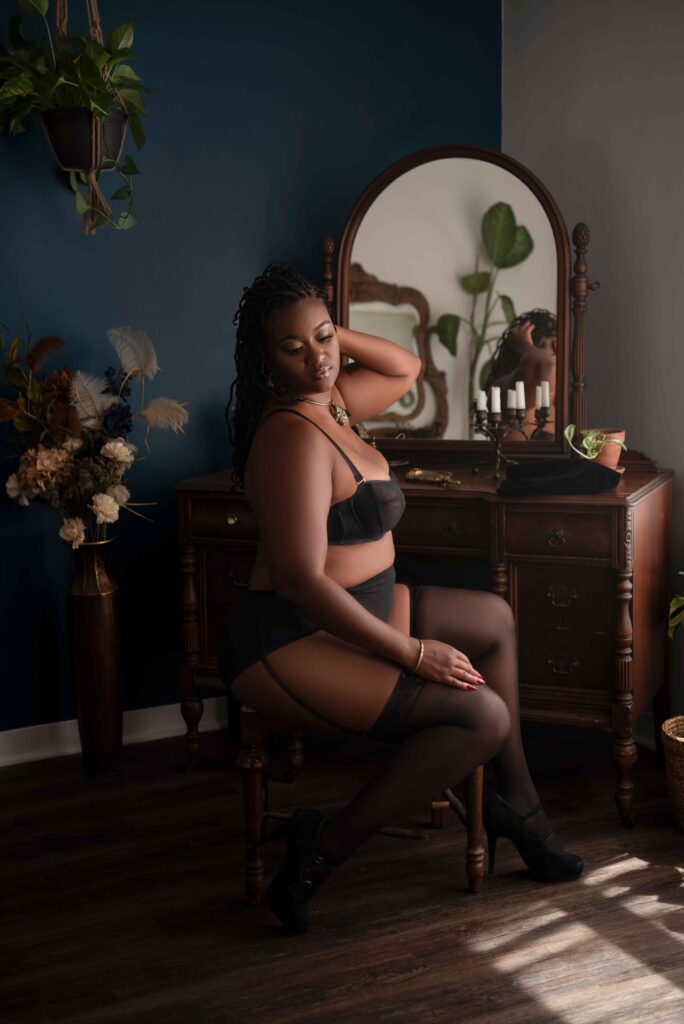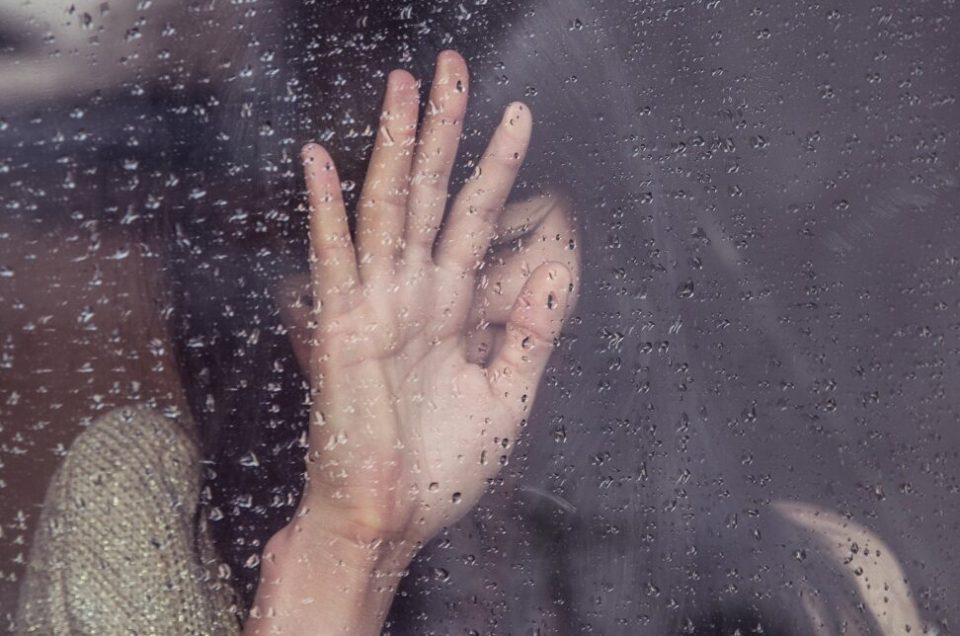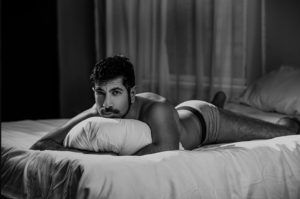Professional Photography One photographer’s thoughts on the importance of the editing process. Every photographer has gotten the question after a successful shoot: “The photos look great, but can I get the rest of them just in case I need them later? You don’t need to edit them or anything.” If you’re here for the short answer, the answer is no, but it’s important to me for people to understand why. Throughout this post, you will see side by side photos comparing a completely unedited photo, next to the final edited shot. Using advanced psychology trickery, by the end of the article, you will realize that you don’t even want my unedited photos. I don’t say no to this request because I’m greedy or want to say no just because I can. It’s not because I’m lazy and don’t feel like dealing with it. But rest assured, I’m not withholding that one killer photo. “But what’s the harm?” This is my attempt at a succinct explanation of why it’s not that simple. These photos are supposed to be edited. No, really. You may be familiar with the terms RAW and JPEG, they are image file types. The most copy editing I did on this post was to make this section much shorter and less technical about the properties and benefits of RAW images, but that’s for another day. The basics of it are that JPEGs are what you upload to Facebook, Instagram, or get printed. RAW files (this is what comes right out of my camera) contain much more information, including a significantly larger amount of color and texture details in the shadow and highlight areas, and software like Photoshop, Lightroom, or iPhoto is required to even be able to open them. If I sent them to you as they came out of the camera, you couldn’t do anything with them without running them through special software. Every professional photographer shoots RAW photos because having all that information is better than having less (like in a JPEG). The catch: RAW photos that come out of the camera generally look sub-par. They’re flat with bad contrast with dull colors. Until the photo is edited, the image is not finished, and that’s by design. A RAW photo is a carpenter having a wood shop full of tools and materials to build a table, and the ability to create whatever he wants. A JPEG is buying a table at the store, you either like it as is, or you don’t, but there’s nothing you can do about it. My editing is part of my process, my product, and my style. It’s part of why you hired me. The way that I edit is a crucial component of my photography. My style and skill as a photographer encompass other things like framing, timing, and a whole host of other skills, but the photo is not the finished product that I’m proud to put my name on until I’m done the editing. If you’re baking Thanksgiving dinner, you don’t pull the turkey out half way through cooking and serve it! The edited images shown here are what I want to represent me. That’s the kind of work that’s on my website, and it’s the caliber that I want people to expect. Below are several more examples of a side-by-side comparison of a totally untouched RAW photo and my completed edits. Lindsey, For A2 Swimwear Jess, personal work Tatiana, for A2 Swimwear Jeff, personal work Sea Dart, for No. 4 St. James Megan, for The Fittest Games On the Road to Hana — Maui, Hawaii For A2 Swimwear Echo, personal work I’ve been culling photos since I bought my first camera, and I’ve gotten pretty good at it! These photos you never see are the outtakes, the blurry shots, the duplicates (my god, so many duplicates). For any given photo you do see, there may be dozens or hundreds that are slight variations on it that are all a little bit less good. Eyes closed, hair in face, maybe a dog ran in front of the camera (that actually has happened a lot). I’ve spent my time combing through all of them, doing side-by-side comparisons until I landed on the best ones. I will never have two different photos that are both great and only give you one of them. The selection process is to whittle down the excess, exposing the heart of the shoot so I can give you what you need: quality, professional photos. At the end of the day, you need professional-quality images, and my assignment is to provide them. “Professional-quality” meaning, photos that perfectly fit the mood of the shoot, and this often includes photos that seem like “outtakes” — laughing between poses, casually relaxing, making a goofy face. Professional-quality doesn’t mean no character or no fun. Do you really want to look through 5,000 of these? How are you to trust that I chose the best photos and didn’t skip the better ones? Chalk it up to the thousands of hours I’ve spent looking at photos and paying attention to what makes them good or not. My ability to choose the best images for the assignment is one aspect of what I’m being hired for. Delivering 10,000 mediocre photos is not respectful of the recipient’s time, because they shouldn’t have to do my sorting work for me. Not to say some jobs don’t require client input, of course — I simply mean that once the selects are made and everything is approved, asking for the rest of them just for good measure is unnecessary. There has already been an agreement. There’s always an agreed upon plan of action before going into a shoot, and part of that plan is what the expectations are in terms of number of photos that are needed (sometimes a specific amount, sometimes a range, depending on the project). This is the responsibility of a photographer to be clear about. The fact is, the photographer’s price has taken into account the final number of photos being
